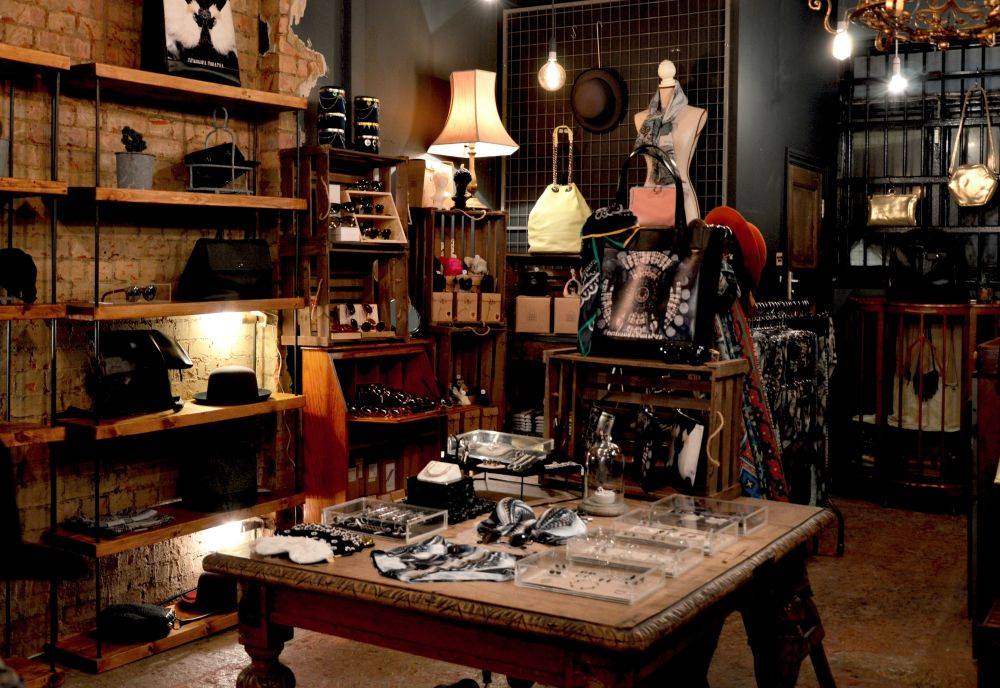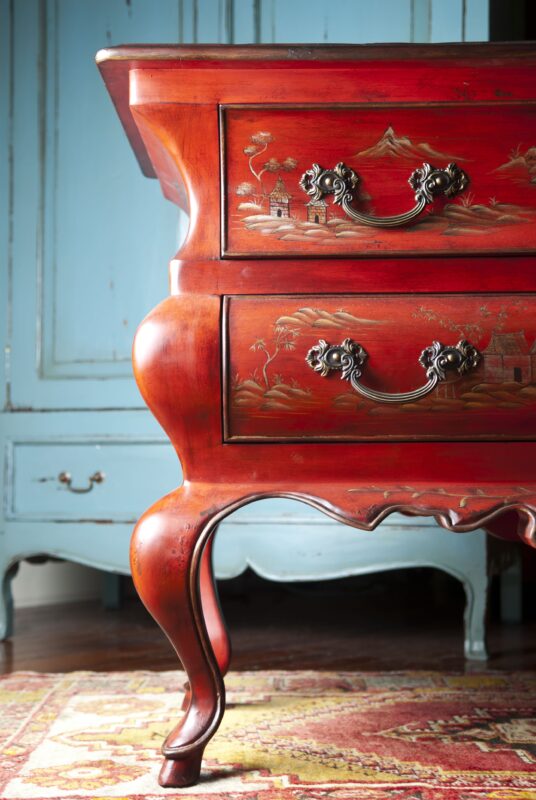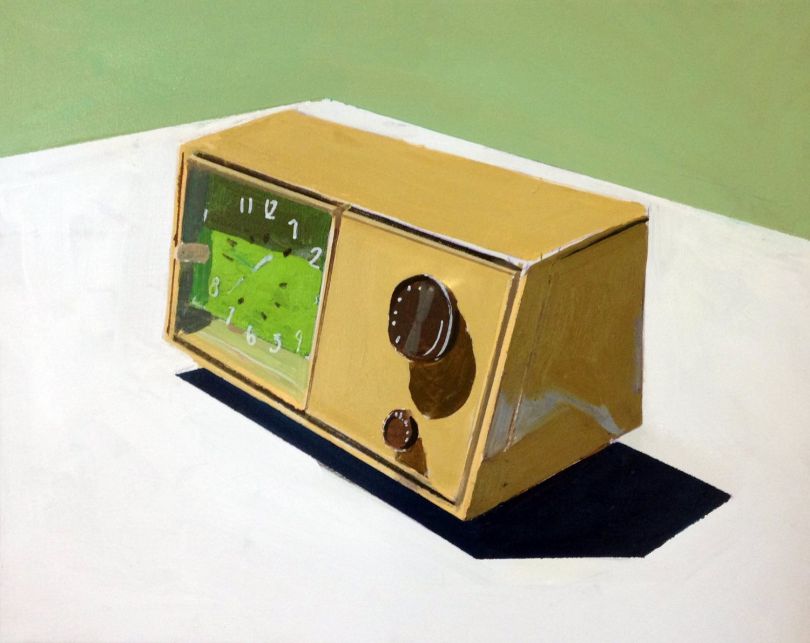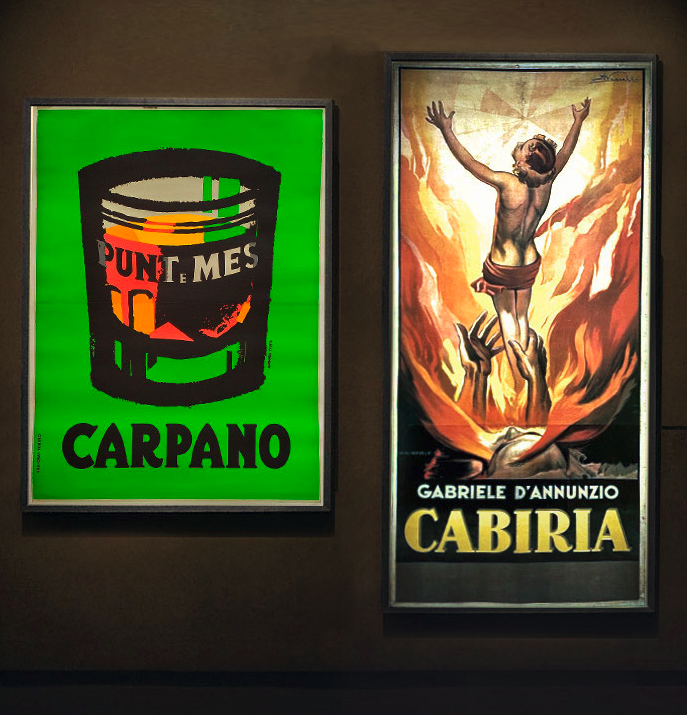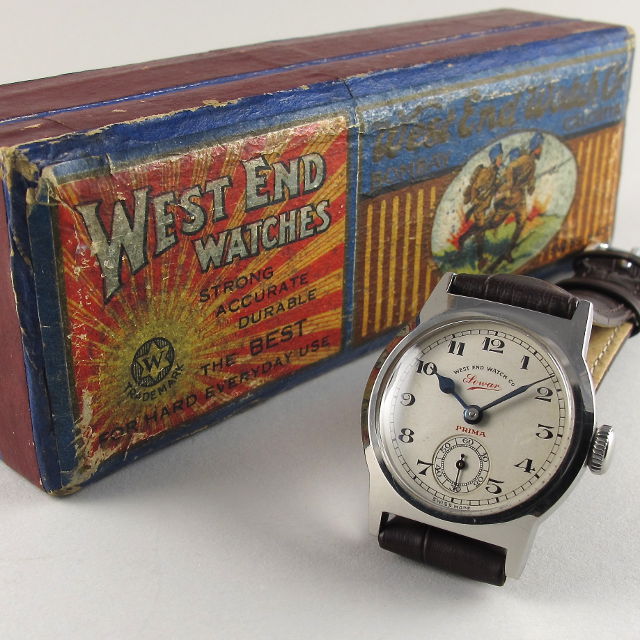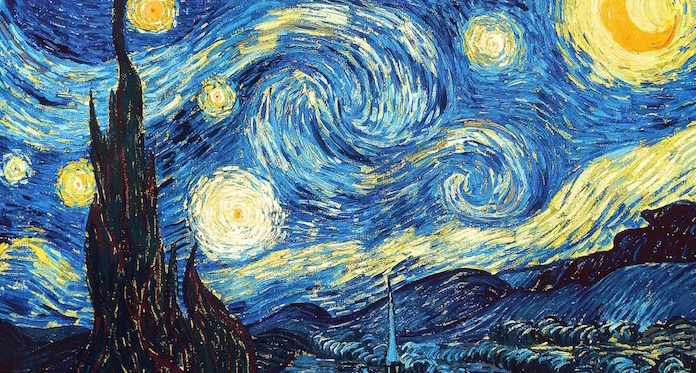Art Nouveau or Liberty Style: a story of innovation and beauty
The Art Nouveau in France and Belgium, Liberty Style in Italy and UK, Jugend Stil in Germany, the Viennese Secession in Austria, the great works of Antoni Gaudì in Barcellona, Spain.
The Art Nouveau in France and Belgium, Liberty Style in Italy and UK, Jugend Stil in Germany, the Viennese Secessione in Austria, the great works of Antoni Gaudì in Barcellona, Spain… an international movement that has permeated all applied arts, artistic disciplines. It was a movement that broke away from traditional historicist styles, and had a profound impact on art, architecture and design around the world.
In France, this movement was known precisely as “Art Nouveau”, but in Italy it was originally called “Floreale”, soon changed to “Liberty” following the success of the Liberty & Co. Shop in London.

Some liberty style products on 1solo.com
A style of art, architecture and design born in the late 19th century and lasting until the early 20th century. It is characterized by sinuous lines, organic shapes and floral motifs (in Italy it was also called Floral Style).
It was a movement that broke away from traditional historicist styles, and had a profound impact on art, architecture and design around the world.
The Origins of Art Nouveau – Liberty Style
Art Nouveau was born in Europe, particularly in France, Belgium and Austria. Its origins are linked to the Arts and Crafts movement, which opposed industrialization and promoted craftsmanship and the use of natural materials.
The Arts and Crafts movement had been founded in England in 1860 byWilliam Morris, who criticized industrialization and the mass production of poor-quality items. Morris argued that art and design should be accessible to all, and that it should be made from natural, artisanal materials.
Art Nouveau inherited from Arts and Crafts the idea of art and design that was accessible to all and was made from natural materials. However, Art Nouveau also embraced modernity, and sought to create art and design that was suited to the industrial age.
The historical period is characterized by profound geopolitical changes. Europe is in full colonial expansion and technological progress revolutionizes society. In this context, Art Nouveau proposed itself as a movement breaking with the past, and an expression of the new modern era.
Art Nouveau was also a movement that reflected the social context of its time. Society was in turmoil, and there was a growing desire for change. Art Nouveau represented this desire for change, and sought to create art and design that was more democratic and accessible.
Concept of modernity in the Art Nouveau style
Liberty was a movement that embraced modernity. Its artists and designers were fascinated by new technologies and new materials, and sought to create art and design that was suited to the industrial age but did not forget the role of nature.
The concept of modernity was at the center of the philosophical debate of the time. Modernist philosophers, such as Friedrich Nietzsche and Henri Bergson, argued that modernity was characterized by a sense of accelerating time and change. This change was due to industrialization, technology and the opening of geographical horizons.

The Liberty Style
Breaking from the rigid geometry of the past, the Art Nouveau style was characterized by the flowing lines that can be found in nature. Many of the characteristic forms of Art Nouveau were possible to realize in architecture thanks to the advent of new techniques which now allowed the modeling of metals, glass and even the use of cement.
The Art Nouveau became the hallmark of a new generation of upper and middle classes seeking to build residences and commercial buildings that reflected their distance from the continent’s historic aristocracy. At the same time, thanks to its sumptuousness, the new style also reflected the “power” acquired by the bourgeoisie in spite of the nobility considered in many cases to be the main impediment to change.
The Liberty reached its heyday after theTurin Exposition of 1902, and the main centers of Floral style architecture in Italy are scattered everywhere, but almost always coincide with areas where the economy was booming at the end of the 19th century and nouveau riche industrialists and entrepreneurs commissioned houses, offices and factories.
Cities like Milan, Turin and Rome they are home to a number of important Art Nouveau buildings, as well as Florence, Lucca and Viareggio. Also Palermo holds an astonishing Liberty masterpiece.
The Liberty Style is characterized by a series of distinctive elements all inspired by Nature, including:
- Sinuous lines: the lines are fluid and rounded, and often intertwine with each other. In fact, Nature manifests itself to Man in the majority of its expressions with sinuous shapes and waves.
- Organic Shapes: the shapes, often being inspired by Nature, recall flowers, insects, algae, leaves and plants.
- Floreal Patterns: Floral patterns are very common, and are often used elaborately.

Casa Battlò in Barcellona, great example of Liberty architecture byAntoni Gaudì
The Liberty Style in Architecture
One of the artistic fields on which Art Nouveau has had the strongest impact – leaving unique masterpieces throughout Europe – is architecture. Some iconic examples of Art Nouveau architecture include:
- The Maison Tasselin Bruxelles, Belgium (1892-93), by Victor Horta.
iconic example of Art Nouveau architecture. The building is characterized by sinuous lines and organic shapes, such as the intertwining columns and the floral decorations that adorn the walls. Wrought iron is used to create floral motifs that extend across the entire facade. - TheSecession Palace (in german Secessionsgebäude) in Vienna, home of the artistic movement of Viennese Secession capitaned by Gustav Klimt, Egon Schiele & Otto Wagner, it was designed by the architect Joseph Maria Olbrich – student of Wagner – based on a drawing by Gustav Klimt. It is certainly the most famous building of Viennese Jugendstil or Art Nouveau.
The Viennese Secession it also influences the architecture of Trieste where the best examples of Jugendstil architecture (not exactly synonymous with the Viennese Secession which is the artistic movement) are created by the architect and urban planner Max Fabiani including, the most famous Casa Bartoli.
The Viennese Secession Palace in Vienna, home of the Viennese Secession, the artistic movement of Gustav Klimt, Egon Shiele and the architect Otto Wagner.
[photo by C.Stadler/Bwag – Opera propria, CC BY-SA 4.0]
- The Stoclet Building in Bruxelles, Belgium (1892-93), Belgiium (1905-11), designed by Josef Hoffmann. Another important example of Art Nouveau architecture. The building is characterized by a harmony of lines and shapes, which create an elegant and refined effect. Marble, wood and glass are used to create sinuous shapes and floral decorations.
iconic example of Art Nouveau architecture. The building is characterized by sinuous lines and organic shapes, such as the intertwining columns and the floral decorations that adorn the walls. Wrought iron is used to create floral motifs that extend across the entire facade. - The Casa Milà – La Pedrera in Barcellona, one of the most famous modernist buildings ever and the latest civil work by Antoni Gaudì, before the Catalan architect dedicated himself to Sagrada Familia. Casa Milà (also by Antoni Gaudì) is the most extreme example of Art Nouveau architecture. The building is characterized by organic shapes and floral decorations that extend across the entire surface, creating an almost surreal effect. Stone, brick and glass are used to create sinuous and undulating shapes.
The works of Antoni Gaudi have profoundly influenced the look of Barcelona’s architecture and you can admire splendid examples of Gaudí’s works throughout the city: from the imposing and world-famous Basilica of the Sagrada Familia to Casa Batlló, from Palau Güell to Parco Güell.
There are also many examples of Liberty in Architecture in Italy. Discover the best expressions of Italian Liberty Style in the article dedicated to this topic:
“The revolution of the Art Nouveau style in Italy“.
For further information we recommend:
- Casa Battlò by Antoni Gaudì in Barcellona
- Casa Milà by Antoni Gaudì in Barcellona
- La Pedrera by Antoni Gaudì – Barcellona
- The Viennese Secession
Read all artciles on 1Solo Magazine, and learn more about The Liberty Style in Italy.
